Home>Storage Ideas>Bathroom Storage>Your Complete Guide To Getting Rid Of Bathroom Mold
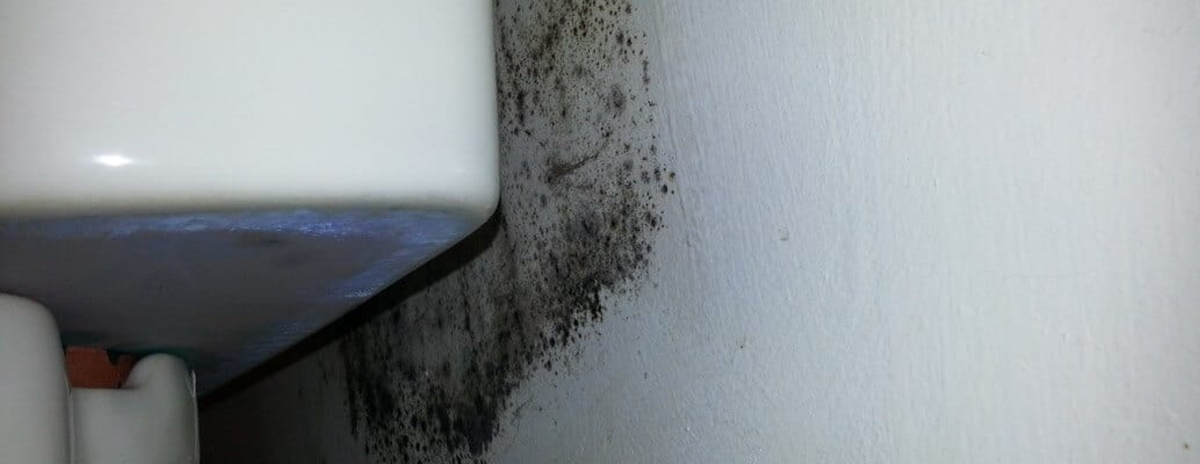

Bathroom Storage
Your Complete Guide To Getting Rid Of Bathroom Mold
Modified: February 9, 2024
Discover effective tips and tricks for eliminating pesky bathroom mold in our comprehensive guide. Create a healthier and cleaner space with our bathroom storage solutions.
(Many of the links in this article redirect to a specific reviewed product. Your purchase of these products through affiliate links helps to generate commission for Storables.com, at no extra cost. Learn more)
Introduction
Mold is a common problem that many homeowners face, especially in high-moisture areas like the bathroom. Not only does bathroom mold look unsightly, but it can also have serious health implications if left untreated. To ensure the safety and cleanliness of your bathroom, it’s crucial to understand the causes of bathroom mold and how to get rid of it.
In this comprehensive guide, we will take you through everything you need to know about bathroom mold. From identifying different types of mold to the health risks associated with it, we’ll equip you with the knowledge and tools to effectively prevent and remove mold from your bathroom.
So, let’s dive in and discover the secrets to achieving a mold-free bathroom!
Key Takeaways:
- Say goodbye to bathroom mold by controlling moisture levels, using natural cleaners, and considering professional remediation if needed. Prevent future growth with proper ventilation and regular maintenance.
- Protect your family’s health by understanding the causes and health risks of bathroom mold. Implement preventive measures, remove mold safely, and maintain a mold-free bathroom for a healthier home.
Read more: How To Get Rid Of Mold In Toilet
Understand the Causes of Bathroom Mold
To effectively tackle bathroom mold, it’s essential to understand what causes it to develop in the first place. Mold thrives in damp and humid environments, making the bathroom an ideal breeding ground. Here are the main causes of bathroom mold:
- Excessive Moisture: Bathrooms have high moisture levels due to activities like showering, bathing, and running water. Poor ventilation can trap this moisture, creating a favorable environment for mold growth.
- Leaking Pipes or Fixtures: Persistent water leaks from pipes, faucets, or showerheads can create damp areas that promote mold growth. Check for and repair any leaks promptly.
- Inadequate Ventilation: A properly ventilated bathroom helps to control humidity levels. Without proper ventilation, moisture can accumulate, leading to mold growth. Ventilation can be enhanced through exhaust fans or opening windows during and after showering.
- Poor Insulation: If your bathroom lacks proper insulation, it can allow warm, humid air from other parts of the house to condense on the bathroom walls. This moisture can contribute to mold growth.
- Inadequate Cleaning: Neglecting regular cleaning and maintenance of your bathroom can lead to the accumulation of organic matter, such as soap scum and dead skin cells. These provide a food source for mold and encourage its growth.
By understanding these causes, you can take preventive measures to minimize the conditions that foster mold growth in your bathroom. In the next section, we’ll discuss how to identify different types of bathroom mold, which will help you determine the appropriate steps to take for removal and prevention.
Identifying Different Types of Bathroom Mold
There are several types of mold that can commonly be found in bathroom environments. Identifying the specific mold in your bathroom can help you determine the severity of the issue and choose the most effective treatment method. Here are some of the most common types of bathroom mold:
- Black Mold (Stachybotrys Chartarum): Black mold is a toxic mold that thrives in damp and dark areas. It appears as dark green or black patches and has a slimy texture. Black mold can cause severe health issues, including respiratory problems and allergies. If you suspect black mold in your bathroom, it’s crucial to seek professional help for safe removal.
- Cladosporium: Cladosporium is a common mold that appears as black, brown, or olive-colored spots. It often grows on damp surfaces such as walls, shower curtains, and caulking. While it is not as harmful as black mold, it can still trigger allergies and respiratory issues in sensitive individuals.
- Aspergillus: Aspergillus is a mold commonly found in bathrooms with poor ventilation. It appears as powdery or fuzzy spots, ranging in color from white to green or black. Aspergillus can cause allergies and respiratory infections, especially in individuals with weakened immune systems.
- Penicillium: Penicillium is a mold that can appear in various colors, including blue, green, or yellow. It often grows on water-damaged surfaces in bathrooms. Inhaling or touching penicillium mold can lead to respiratory problems and allergies.
- Alternaria: Alternaria is a mold commonly found in damp areas, such as showers and tubs. It appears as black or dark brown spots and can trigger allergic reactions and asthma attacks in sensitive individuals.
If you suspect mold in your bathroom, it’s crucial to take appropriate measures to remove it and prevent its return. However, it is always recommended to consult a professional mold inspector or remediation specialist to accurately identify and assess the type and extent of mold in your bathroom.
In the next section, we will explore the health risks associated with bathroom mold, emphasizing the importance of addressing the issue promptly.
Health Risks Associated with Bathroom Mold
Bathroom mold is not only unsightly and damaging to your property, but it can also pose serious health risks. Mold releases tiny spores into the air that can be inhaled, leading to various health issues, especially for individuals with respiratory conditions or weakened immune systems. Here are some health risks associated with bathroom mold:
- Allergies: Mold spores can trigger allergic reactions in susceptible individuals. Symptoms may include sneezing, coughing, itchy eyes, and a runny nose. Prolonged exposure to mold can worsen these symptoms and lead to chronic allergy problems.
- Asthma Attacks: Individuals with asthma are more susceptible to mold-related complications. Inhaling mold spores can trigger asthma attacks, causing shortness of breath, wheezing, and chest tightness.
- Respiratory Infections: Mold exposure can lead to respiratory infections such as bronchitis or pneumonia, particularly in individuals with weakened immune systems. The symptoms may include coughing, fever, chest pain, and difficulty breathing.
- Mycotoxin Poisoning: Certain types of mold, such as black mold, produce mycotoxins that can be toxic when inhaled or ingested. Prolonged exposure to mycotoxins can lead to serious health issues and organ damage.
- Compromised Immune Function: Mold spores can weaken the immune system, making individuals more susceptible to infections and illnesses. This can be particularly concerning for children, the elderly, and those with pre-existing health conditions.
If you or your family members experience any of these symptoms or suspect mold-related health issues, it’s important to seek medical advice and take action to remove the mold from your bathroom. Prevention and swift remediation are key in maintaining a healthy living environment.
In the next section, we will provide you with essential prevention tips to help you avoid bathroom mold and reduce the risk of its recurrence.
Prevention Tips to Avoid Bathroom Mold
Preventing bathroom mold is easier and more cost-effective than dealing with a full-blown mold infestation. By following these preventive measures, you can significantly reduce the risk of mold growth in your bathroom:
- Control Moisture Levels: Keep the bathroom well-ventilated by using exhaust fans or opening windows during and after showers to reduce humidity levels. Dry any wet surfaces promptly and fix any leaks in pipes or fixtures.
- Use Mold-Resistant Materials: When renovating or updating your bathroom, opt for mold-resistant materials such as moisture-resistant drywall, mold-resistant paint, and non-porous tiles. These materials are less prone to mold growth.
- Clean Regularly: Regularly clean your bathroom surfaces, including showers, tubs, sinks, and toilets, with a mildew-resistant cleaner. Pay special attention to areas prone to moisture accumulation, such as caulk lines, grout, and shower curtains.
- Use a Shower Curtain Liner: Use a shower curtain liner to prevent water from seeping into the fabric, which can promote mold growth. Wash or replace the liner regularly to prevent mold buildup.
- Ensure Proper Ventilation: Install a high-quality exhaust fan in your bathroom to remove excess moisture and prevent condensation on surfaces. Run the fan during and after showers, and leave it on for at least 30 minutes to ensure adequate ventilation.
- Avoid Carpet in the Bathroom: Carpets can trap moisture and promote mold growth. Instead, opt for moisture-resistant flooring options like tiles, vinyl, or concrete.
- Monitor Humidity Levels: Use a hygrometer to monitor humidity levels in your bathroom. It is recommended to keep humidity levels below 50% to discourage mold growth.
- Wipe Surfaces Dry: After using the bathroom, wipe down wet surfaces, such as sinks and countertops, to prevent moisture from lingering and creating an environment conducive to mold growth.
By implementing these preventive tips, you can minimize the risk of bathroom mold and create a healthier environment for you and your family. However, if you already have mold in your bathroom, continue reading to learn effective methods for removing it.
In the next section, we will discuss how to remove bathroom mold using natural cleaners that are safe and effective.
To prevent bathroom mold, ensure proper ventilation by using a fan or opening a window during and after showers. Wipe down wet surfaces and fix any leaks promptly.
Read more: How To Get Rid Of Mold In Basement
Removing Bathroom Mold with Natural Cleaners
When it comes to removing bathroom mold, natural cleaners can be a safe and effective option. Not only are they environmentally friendly, but they also pose fewer health risks compared to harsh chemical cleaners. Here are some natural cleaners you can use to remove mold from your bathroom:
- Vinegar: Vinegar is a versatile and cost-effective cleaner that can effectively kill mold. Fill a spray bottle with white vinegar and spray it directly onto the moldy surfaces. Let it sit for a few hours, then wipe the area clean with a cloth or scrub brush. Repeat as needed until the mold is completely removed.
- Baking Soda: Baking soda is a great natural cleaner that can help eliminate mold and prevent its return. Create a paste by mixing baking soda with a small amount of water. Apply the paste to the moldy areas and scrub gently with a brush. Rinse the area thoroughly and wipe it dry.
- Hydrogen Peroxide: Hydrogen peroxide is a powerful mold killer that is readily available. Pour a 3% concentration of hydrogen peroxide into a spray bottle and apply it directly to the moldy surfaces. Allow it to sit for 10-15 minutes before scrubbing the area clean. Rinse the area thoroughly and dry it completely.
- Tea Tree Oil: Tea tree oil is a natural antifungal agent that can effectively kill mold. Mix a teaspoon of tea tree oil with a cup of water in a spray bottle. Spray the solution onto the moldy areas and let it sit for a few hours. Scrub the area clean and rinse it thoroughly.
Remember to always wear gloves, a mask, and protective eyewear when cleaning mold to avoid direct contact with the spores. Ventilate the area well during and after cleaning to ensure proper air circulation.
In cases of extensive mold infestation or if you prefer professional assistance, continue reading to learn about commercial mold removal products and hiring professional mold remediation services.
Using Commercial Mold Removal Products
Commercial mold removal products can be effective in tackling stubborn bathroom mold. These products are specifically designed to kill and remove mold, offering convenience and sometimes faster results. Here are some commonly used commercial mold removal products:
- Mold Remover Sprays: Mold remover sprays are readily available and easy to use. Simply spray the product onto the moldy surfaces, following the instructions on the label. Allow the spray to penetrate the mold for the recommended amount of time, then scrub the area clean with a brush. Rinse the surface thoroughly and dry it completely.
- Mold Stain Removers: Mold stain removers are designed to eliminate stubborn mold stains that may be left behind even after the mold itself is killed. Apply the stain remover to the affected area and scrub gently with a brush. Rinse the surface thoroughly and allow it to dry.
- Mold Killing Paints: Mold killing paints are specially formulated to inhibit the growth of mold on walls and ceilings. These paints contain antimicrobial agents that prevent mold spores from thriving. Before applying the mold-killing paint, clean the affected area and remove any visible mold. Follow the manufacturer’s instructions for proper application.
- Mold Removal Kits: Mold removal kits provide a comprehensive solution for tackling mold infestations. These kits often include mold cleaner, protective gear, and tools such as scrub brushes and protective sheets. Follow the instructions provided with the kit to effectively remove mold from your bathroom.
Remember to follow the safety precautions outlined on the product labels and wear appropriate protective gear when using commercial mold removal products. Additionally, ensure that the bathroom is well-ventilated during and after the treatment.
If the mold problem in your bathroom is extensive or persists despite your efforts, hiring a professional mold remediation service might be necessary. Continue reading to learn more about the benefits of professional mold remediation services.
Hiring a Professional Mold Remediation Service
Hiring a professional mold remediation service can be the best course of action if you have a severe or recurring mold problem in your bathroom. Professional mold remediation services have the knowledge, experience, and specialized equipment to effectively assess, contain, and remove mold from your home. Here are the benefits of hiring a professional mold remediation service:
- Thorough Inspection: Professional mold remediation companies will conduct a thorough inspection of your bathroom to identify the source and extent of the mold. They have the expertise to identify hidden mold growth and potential moisture issues that may be contributing to the problem.
- Proper Containment: Professional mold remediation experts understand the importance of containing the affected area to prevent cross-contamination. They use specialized techniques and equipment, such as negative air chambers and air scrubbers, to isolate the mold and prevent it from spreading to other areas of your home.
- Safe Mold Removal: Professional mold remediation technicians are trained in the safe and effective removal of mold. They use appropriate protective gear and follow industry-approved guidelines to safely remove the mold without posing a risk to themselves or your household.
- Effective Treatment: Professional mold remediation services utilize advanced mold removal techniques and products to ensure effective results. They have access to professional-grade treatments and tools that may not be available to consumers.
- Mold Prevention Guidance: In addition to removing the existing mold, professional mold remediation services can provide guidance on preventing future mold growth. They can offer recommendations on improving ventilation, controlling humidity levels, and maintaining a mold-resistant environment in your bathroom.
- Peace of Mind: Hiring professionals to handle your mold remediation gives you peace of mind knowing that the problem is being handled by experts. You can trust that they have the necessary expertise and experience to effectively address the issue, ensuring the safety and cleanliness of your bathroom.
When choosing a professional mold remediation service, look for certified and licensed professionals who have experience in handling mold in residential settings. Request references and read reviews to ensure you are hiring a reputable company.
Remember, professional mold remediation can be more costly than DIY methods, but it is a worthwhile investment in the long run to ensure the complete and safe removal of mold from your bathroom.
In the next section, we will discuss crucial tips for maintaining a mold-free bathroom to prevent future mold growth.
Maintaining a Mold-Free Bathroom
Once you have successfully removed mold from your bathroom, it’s important to take proactive steps to prevent its return. By implementing these maintenance tips, you can enjoy a mold-free bathroom and minimize the risk of future mold growth:
- Keep the Bathroom Dry: After using the shower or bath, wipe down the surfaces to remove excess moisture. Pay special attention to areas prone to moisture accumulation, such as grout lines, shower curtains, and corners.
- Use Ventilation: Proper ventilation is key to preventing moisture buildup. Run the bathroom exhaust fan during and after showers to remove steam and excess humidity. If you don’t have an exhaust fan, consider installing one or keep a window open to promote air circulation.
- Fix Leaks Promptly: Even small water leaks can lead to mold growth. Inspect your bathroom regularly for any signs of leaks from pipes, fixtures, or faucets. Repair any leaks as soon as possible to prevent moisture from accumulating.
- Seal Grout Lines: Keep your bathroom tiles and grout lines in good condition by sealing them regularly. This helps to prevent moisture from seeping into the grout and causing mold growth. Follow the manufacturer’s instructions when applying grout sealer.
- Use Mold-Resistant Products: Choose mold-resistant materials when renovating or updating your bathroom. Opt for mold-resistant drywall, paints, and caulks to create a less hospitable environment for mold growth.
- Regular Cleaning: Maintain a regular cleaning routine to prevent the buildup of dirt, soap scum, and other organic matter that can support mold growth. Use mildew-resistant cleaners and regularly wash shower curtains and bath mats to keep them mold-free.
- Monitor Humidity Levels: Use a hygrometer to monitor humidity levels in your bathroom and keep them below 50%. If humidity is consistently high, consider using a dehumidifier to control moisture in the air.
- Inspect Plumbing Fixtures: Periodically inspect plumbing fixtures, such as sinks, showers, and toilets, for any signs of leaks or moisture. Repair or replace any faulty fixtures promptly to prevent mold growth.
By incorporating these maintenance tips into your routine, you can create an environment in your bathroom that is less conducive to mold growth. Remember, prevention is key to maintaining a mold-free bathroom and ensuring the health and well-being of your household.
Final Thoughts
Mold in the bathroom can be a persistent problem, but with the right knowledge and proactive measures, you can successfully prevent and remove mold. Take the time to understand the causes of bathroom mold, identify the different types of mold, and be aware of the health risks associated with it. Implement preventive measures, such as controlling moisture levels, utilizing natural cleaners or commercial mold removal products, and consider professional mold remediation if needed. Finally, maintain a mold-free bathroom through regular cleaning, proper ventilation, and addressing any leaks or moisture issues promptly. With these steps, you can create a healthy and mold-free bathroom environment for you and your family to enjoy.
Read more: How To Get Rid Of Mold On Brick
Conclusion
Dealing with bathroom mold can be a frustrating and potentially hazardous problem for homeowners. However, armed with the knowledge and understanding of the causes, identification, and prevention of bathroom mold, you can effectively combat and prevent its growth.
By controlling moisture levels, ensuring proper ventilation, and regularly cleaning your bathroom, you can significantly reduce the risk of mold growth. If you do encounter mold, natural cleaners and commercial mold removal products can help you remove it safely and effectively. In more severe cases, professional mold remediation services are available to provide specialized expertise and equipment.
Remember, the health risks associated with bathroom mold highlight the importance of addressing the issue promptly and taking preventive measures to protect yourself and your family. Allergies, respiratory infections, and other health complications can arise from extended exposure to mold spores.
Maintaining a mold-free bathroom requires a proactive approach and ongoing maintenance. By implementing the prevention tips and maintenance strategies outlined in this guide, you can enjoy a clean, healthy, and mold-free bathroom environment.
So, take the necessary steps to prevent, remove, and maintain a mold-free bathroom. Your efforts will not only enhance the visual appeal of your bathroom but also contribute to the overall well-being and safety of your home.
Frequently Asked Questions about Your Complete Guide To Getting Rid Of Bathroom Mold
Was this page helpful?
At Storables.com, we guarantee accurate and reliable information. Our content, validated by Expert Board Contributors, is crafted following stringent Editorial Policies. We're committed to providing you with well-researched, expert-backed insights for all your informational needs.

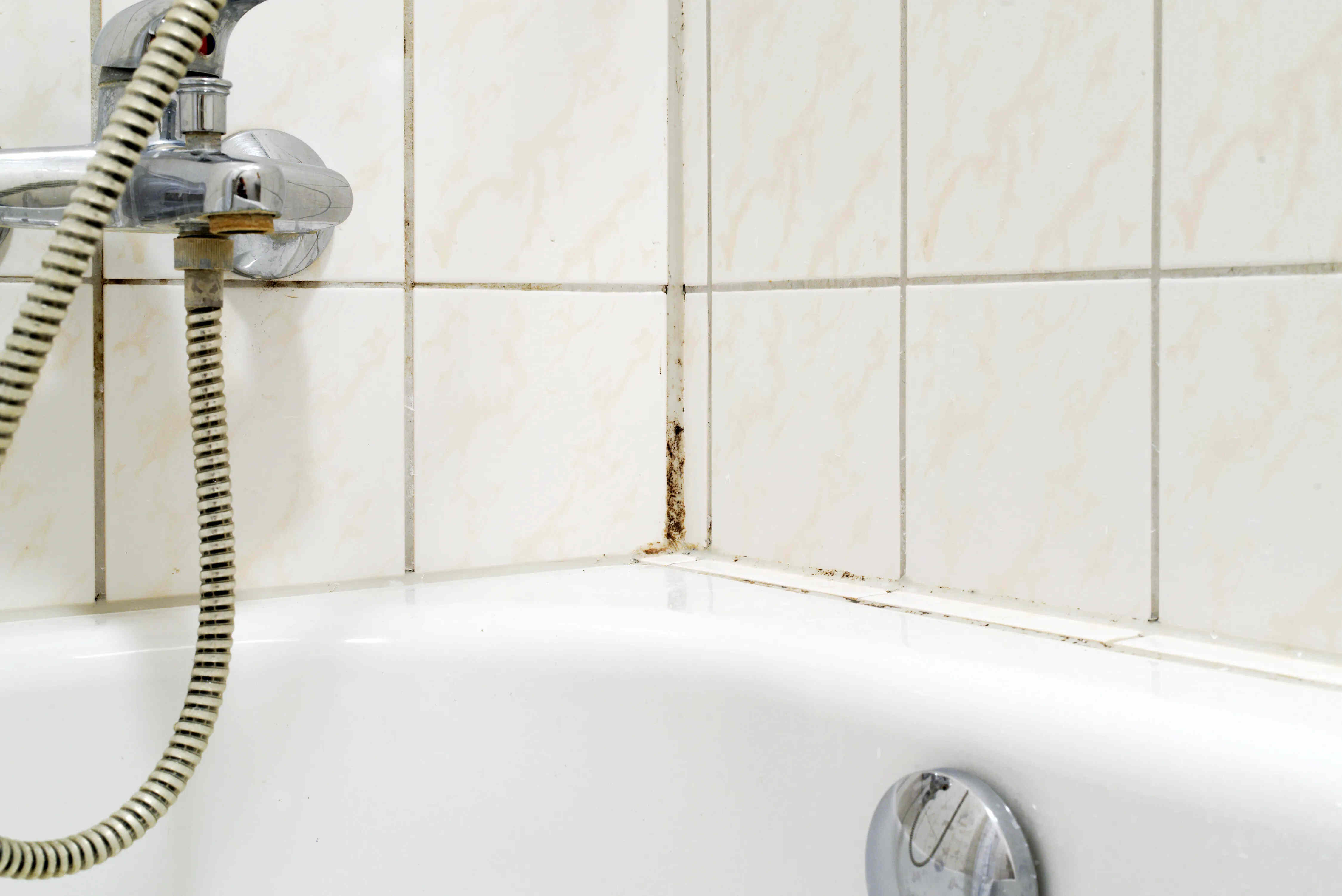
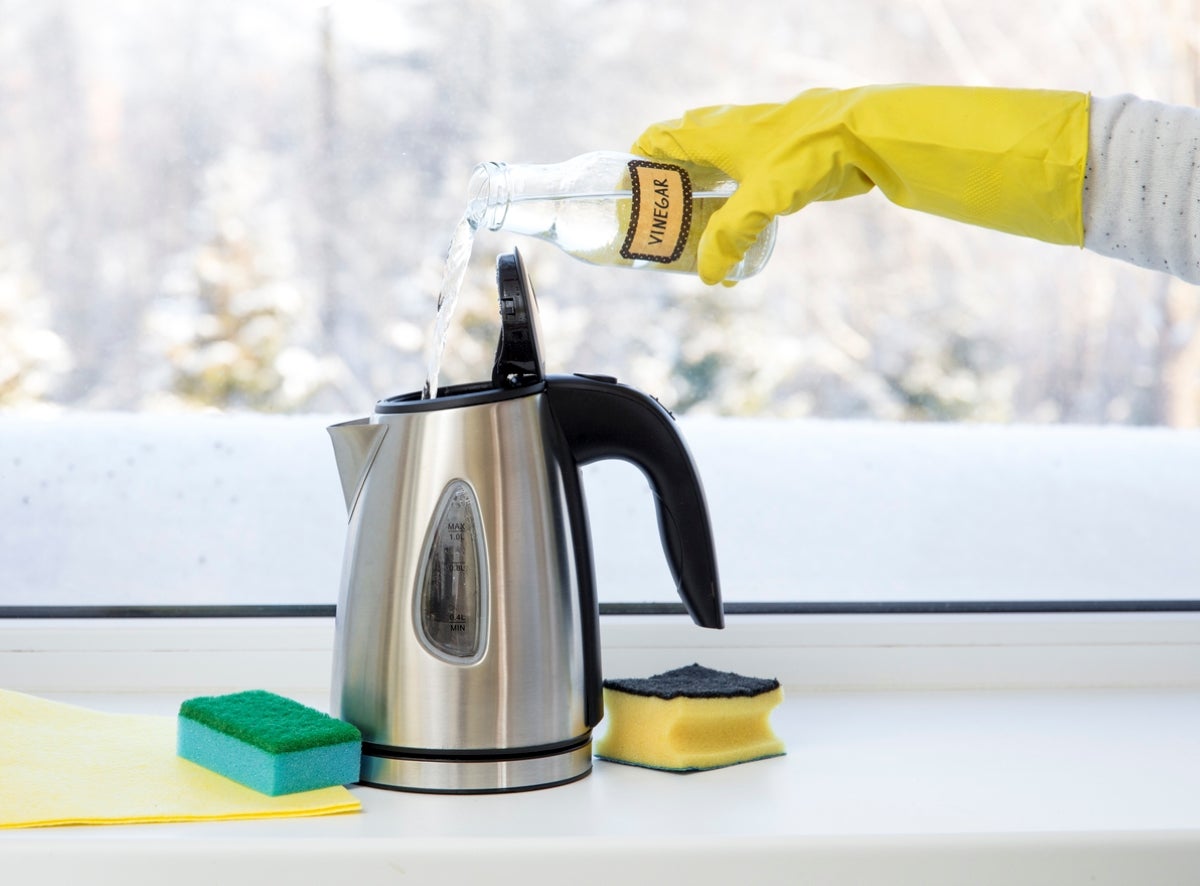
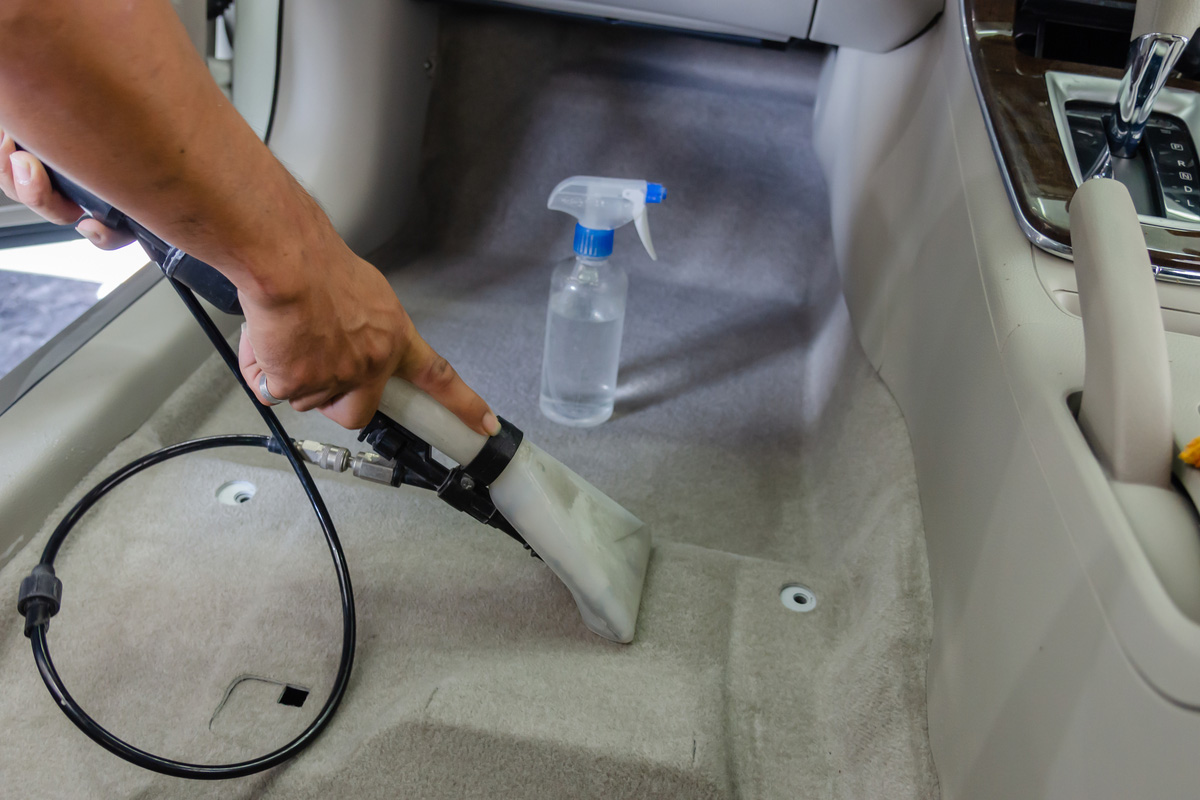
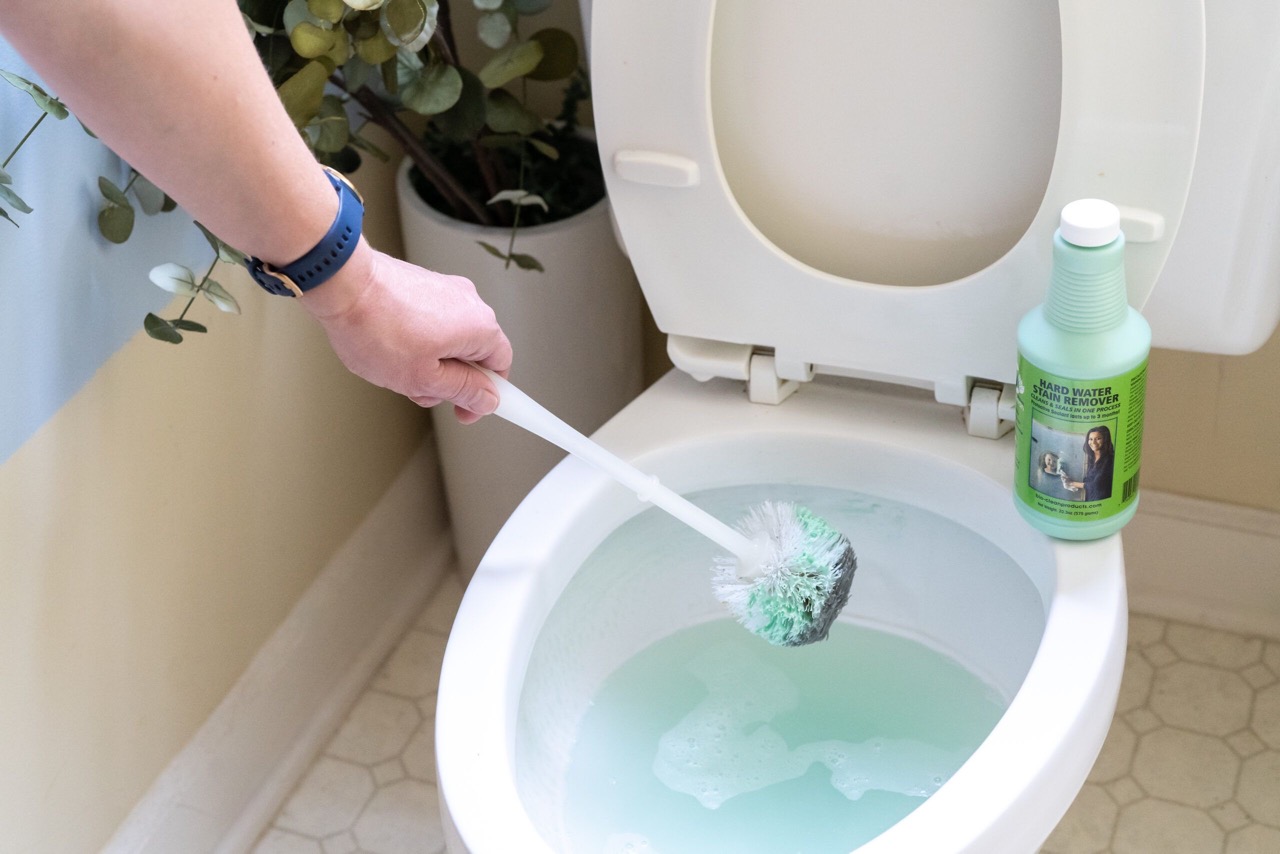
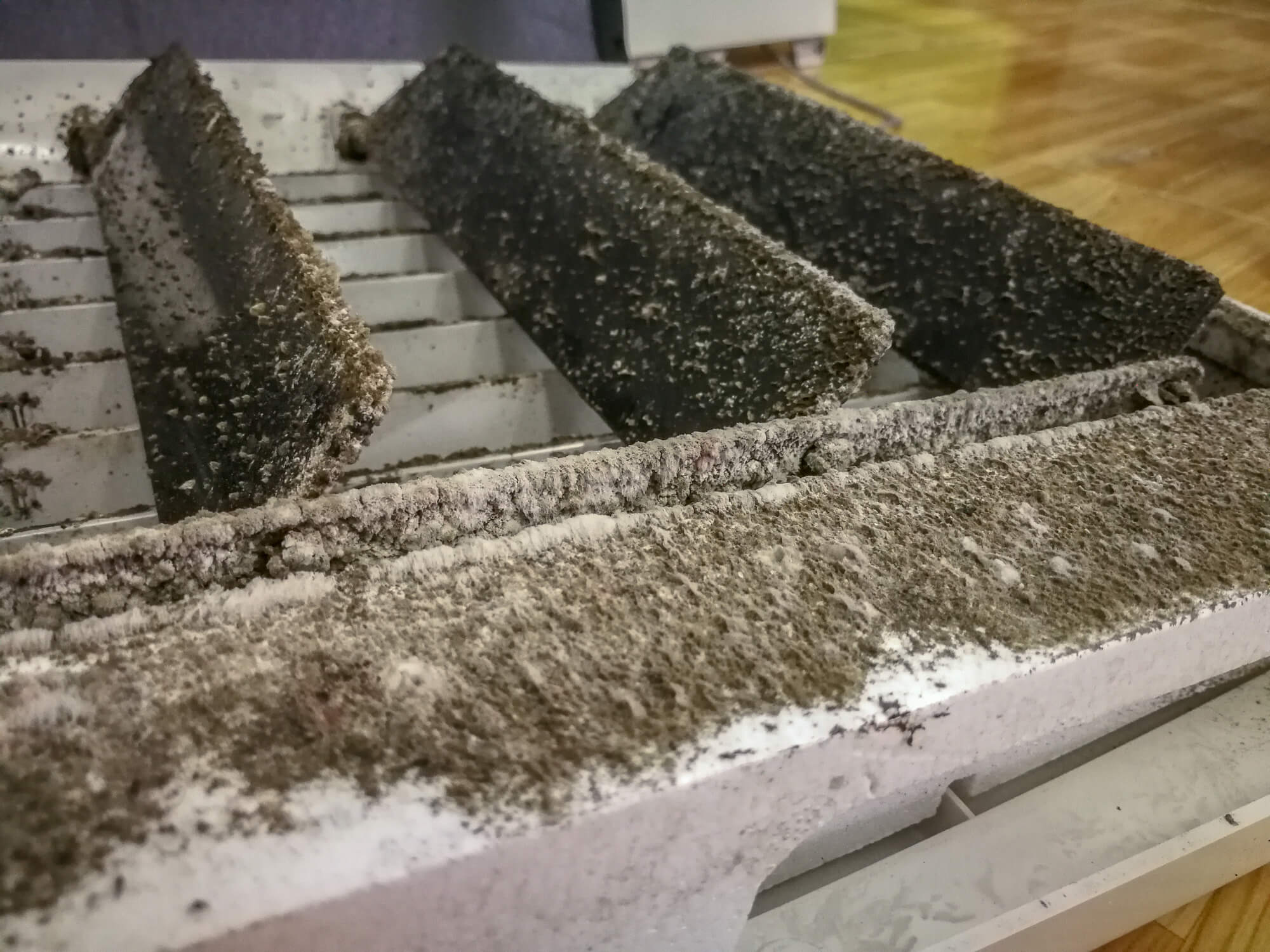
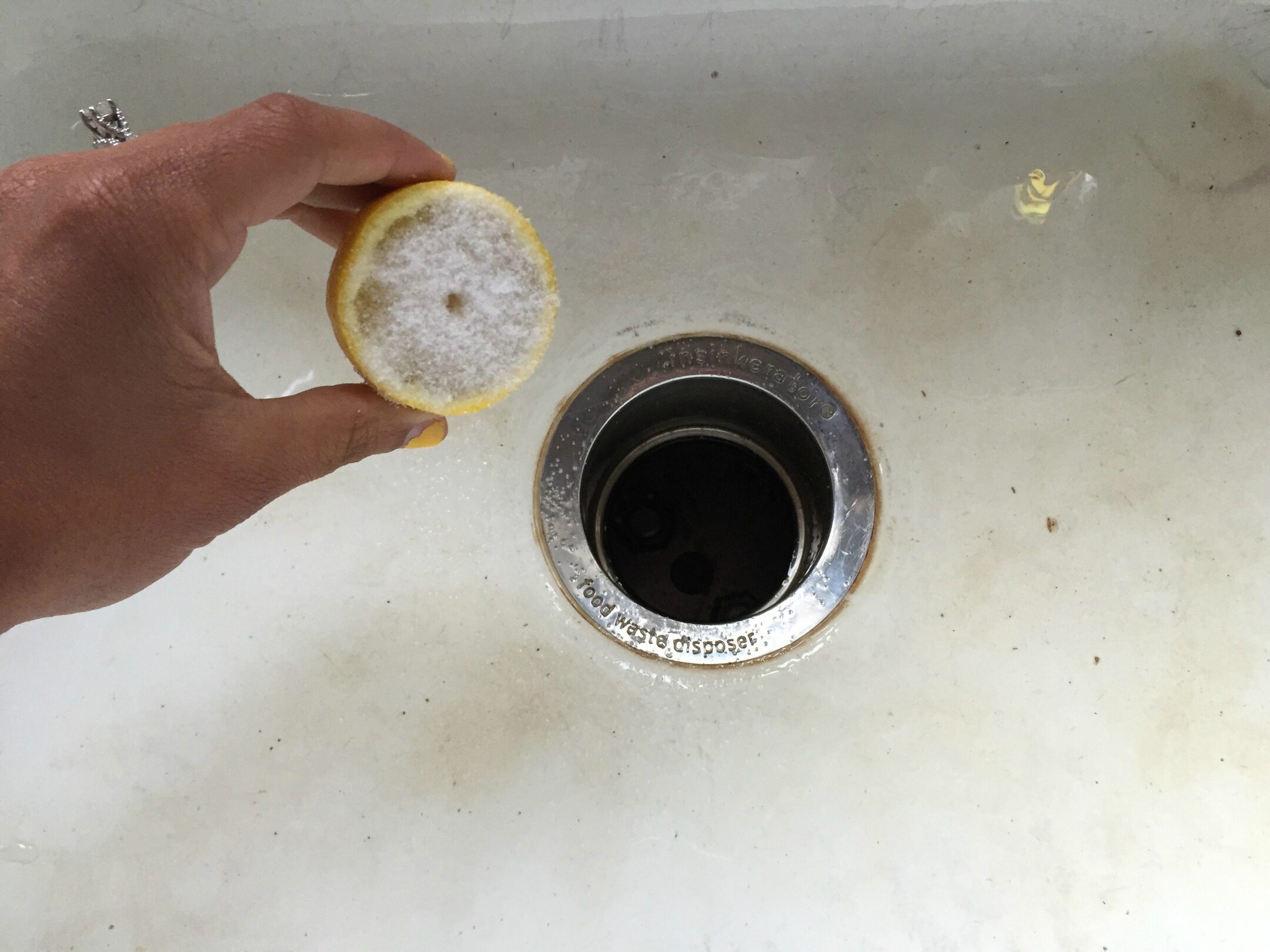
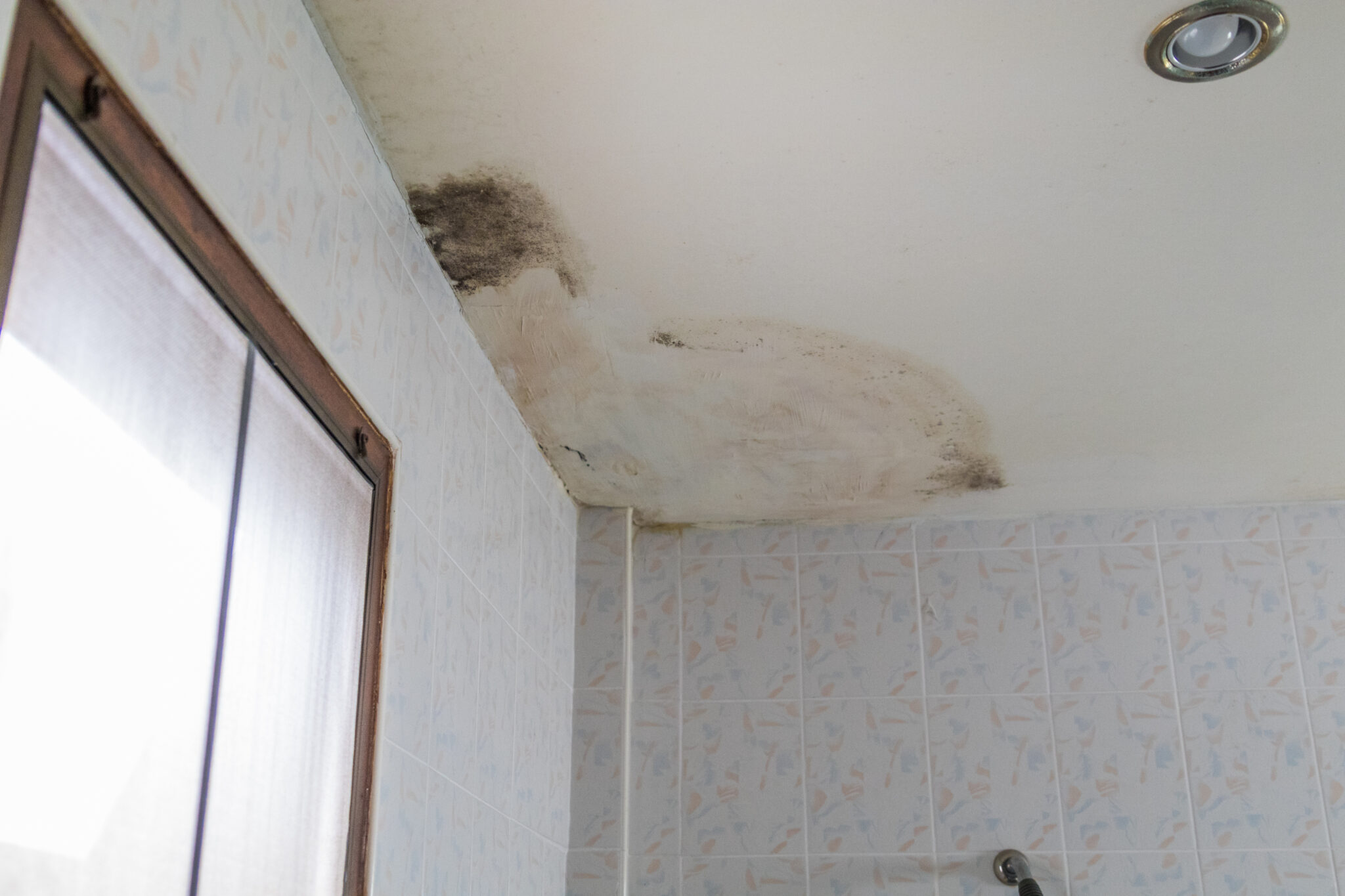
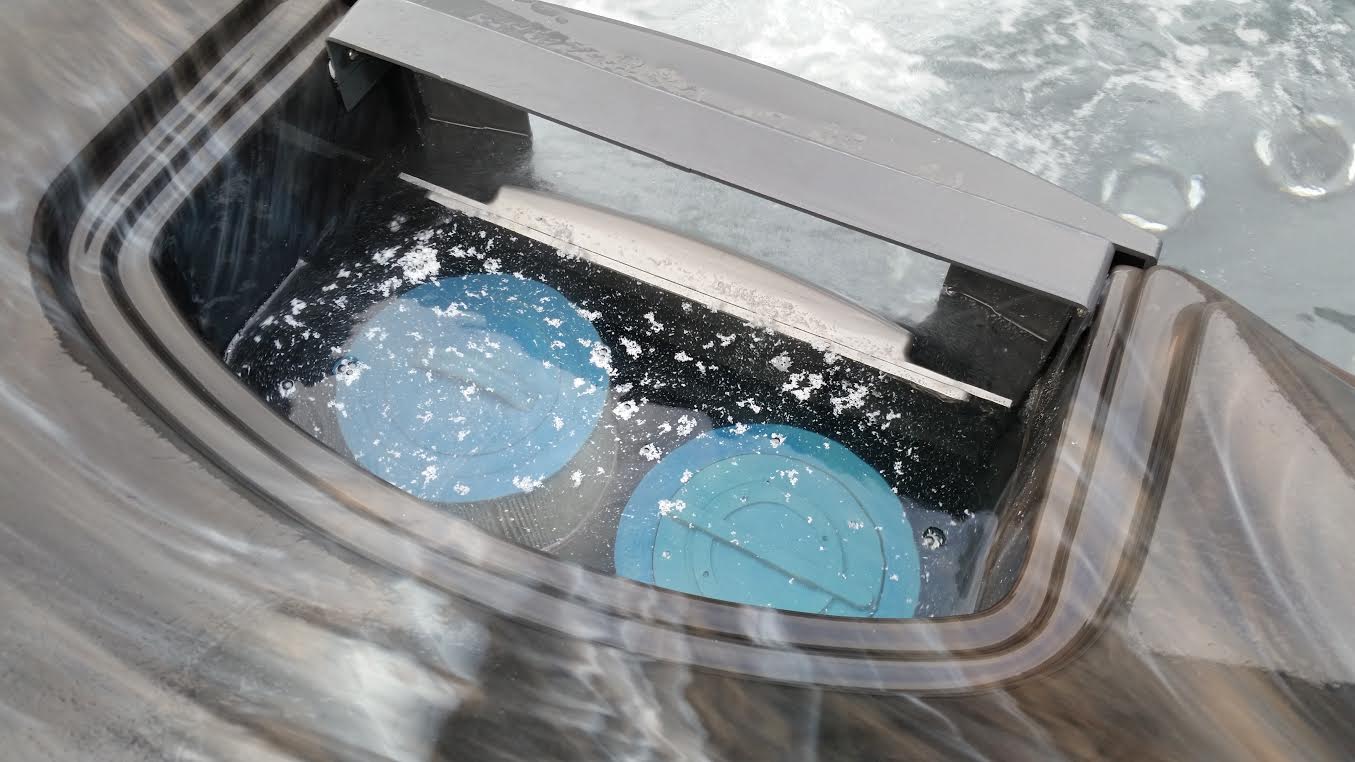
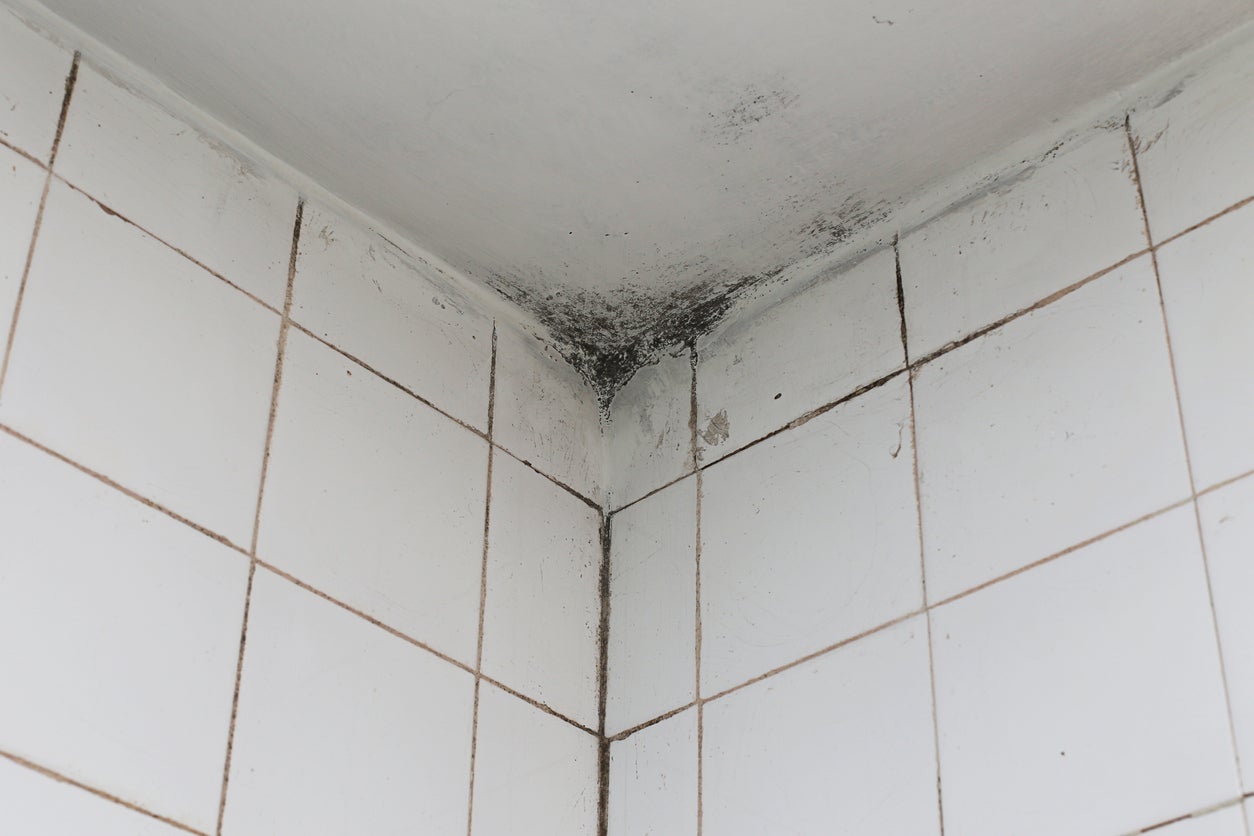
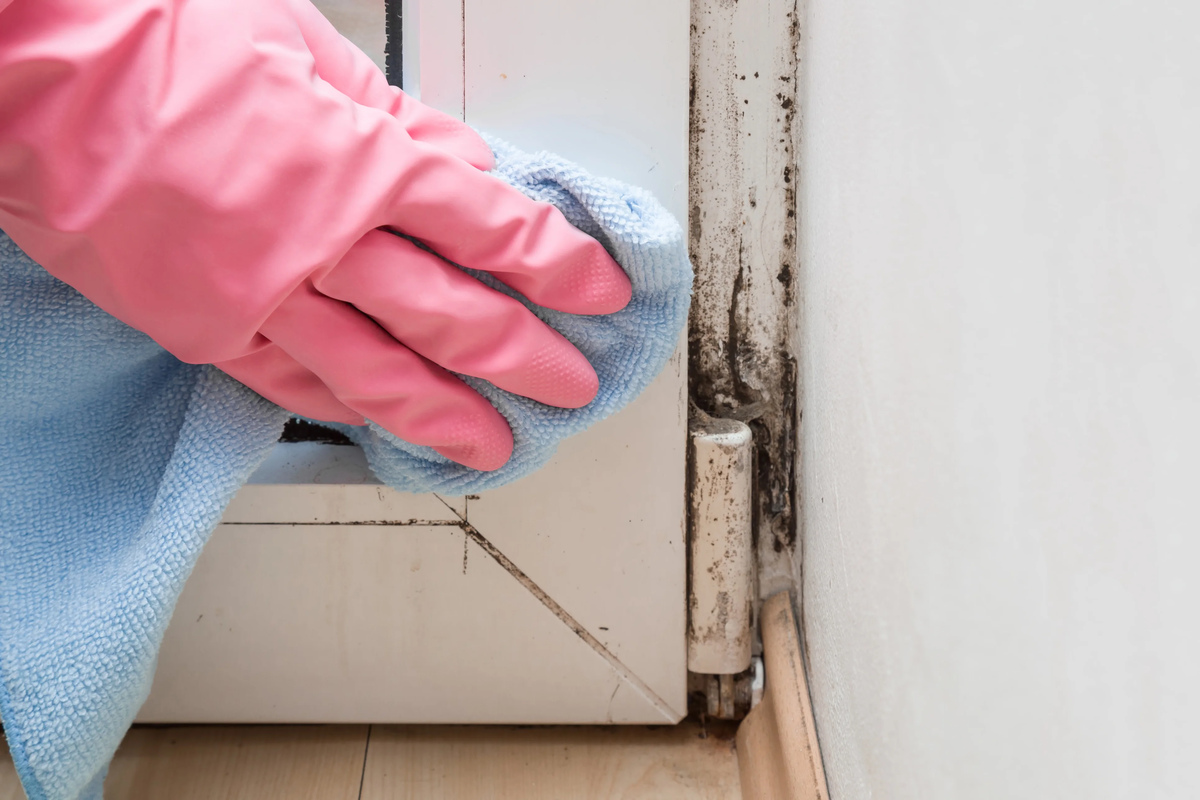

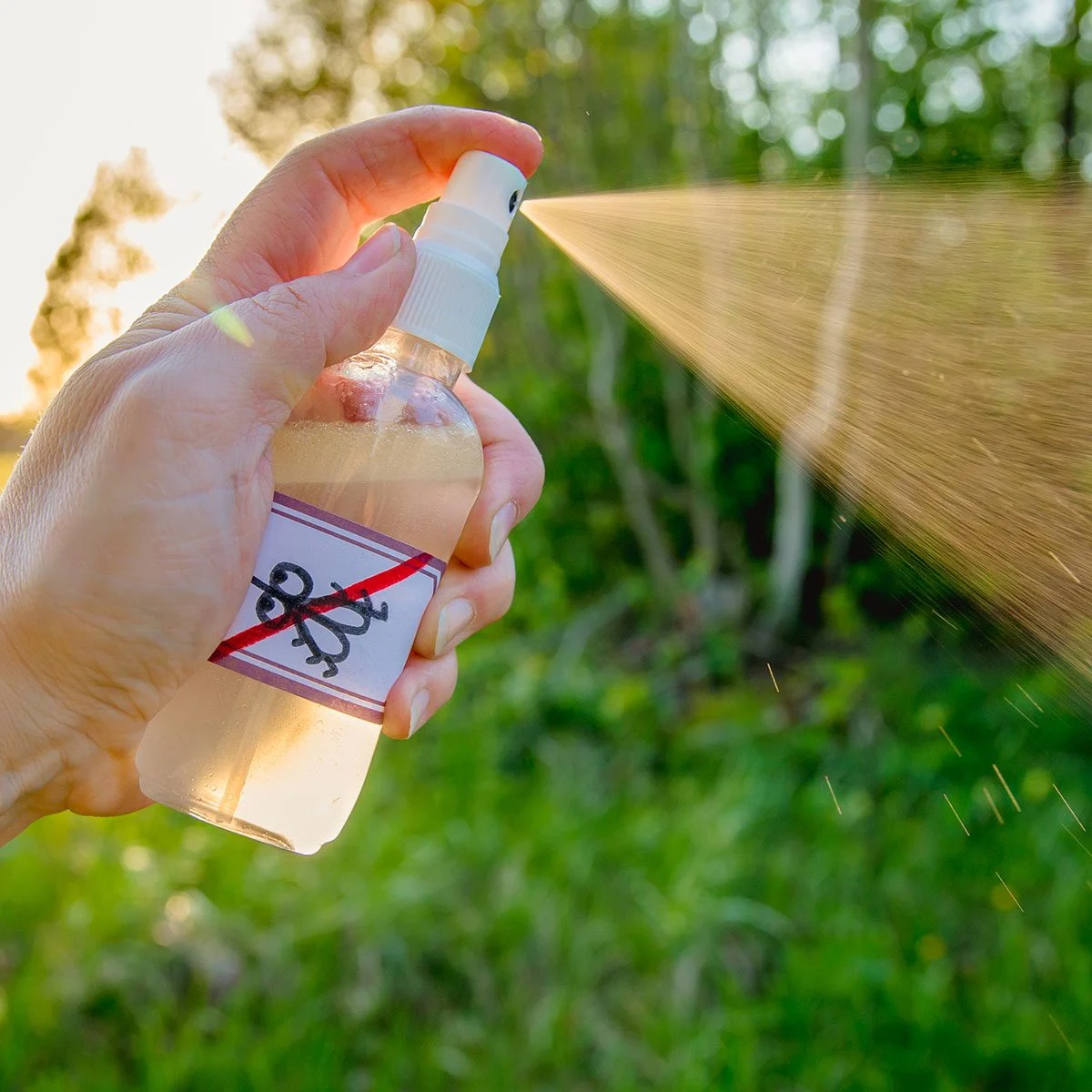

0 thoughts on “Your Complete Guide To Getting Rid Of Bathroom Mold”